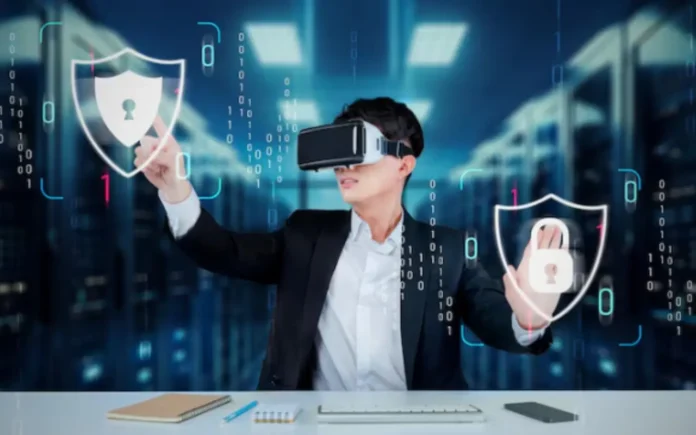
Have you noticed how wearable devices are popping up everywhere?
From smartwatches to body cams, wearable tech has become a game-changer, not just for fitness enthusiasts but also for professional security teams.
In today’s fast-paced world, staying connected in real-time is more important than ever. And that’s where wearable technology steps in, offering smart solutions for smarter protection.
Let’s take a closer look at how these small devices are making a big impact on modern security.
Real-Time Communication at Its Best
For security teams, clear and fast communication is everything. Traditional two-way radios are still used, but wearable tech like smart earpieces and connected wrist devices make it easier to send and receive updates instantly. These tools allow guards and officers to talk quietly, receive alerts, and respond quickly without having to fumble with larger devices.
It’s especially helpful in large venues, campuses, and industrial areas where team members are spread out. A quick voice command or alert sent through a wrist device can help coordinate actions and prevent incidents before they escalate.
Smart Tracking for Safer Operations
Wearable GPS devices can now track the location of each team member in real time. This isn’t just useful it’s vital during emergencies. Supervisors can monitor where every guard is and send help to the right spot immediately.
In situations where timing matters, such as evacuations or high-alert scenarios, knowing where each person is adds an extra layer of safety. It also allows managers to review movement patterns and improve shift coverage or patrol routes.
Health Monitoring on the Job
Security jobs can be physically demanding. Long hours, sudden sprints, and sometimes high-stress moments are all part of the job. Today’s wearable tech often includes heart rate monitors and step counters that keep an eye on physical activity and wellness.
Some systems even alert supervisors if a team member’s vitals drop or spike beyond safe levels. This kind of tech can make sure no one pushes themselves too far, helping prevent workplace injuries or health scares.

Body Cameras That Offer More Than Footage
Body-worn cameras are a common sight now, and for good reason. They offer a clear record of events, protect security personnel from false claims, and can even de-escalate tense situations simply by being visible.
Modern body cams don’t just record they stream footage live, store it in the cloud, and sync with mobile devices. Some are equipped with facial recognition or license plate scanning, making them even more valuable tools in the field.
Seamless Integration with Business Security Systems
One of the best parts about wearable tech is how easily it can connect with other parts of a larger security setup. This means that data from wearables can sync with access control, surveillance, and communication tools all in one place.
For businesses aiming to upgrade or expand their security infrastructure, Castle Security offers advanced commercial solutions that can be integrated with wearable devices to create complete business security systems with real-time updates and full situational awareness.
This integration lets security teams operate more efficiently, respond faster to alarms, and keep everything under control, even in complex environments.
Hands-Free Access and Alerts
Wearable badges or wristbands can now be used as digital keys. Instead of carrying access cards, security personnel can unlock doors or gates with a quick tap. It reduces fumbling and saves time, especially when speed is important.
Some devices also deliver silent alerts or vibrations when something unusual happens, like a motion detector being triggered or a door being left open. These subtle nudges can keep guards alert without interrupting their workflow.
The Role of AI in Wearable Tech
Artificial Intelligence is now making wearables even smarter. AI-enhanced devices can recognize patterns in behaviour, identify threats before they occur, and even learn from past events. This helps reduce human error and gives security teams a technological edge.
By analyzing data in real-time, AI can help predict and prevent issues rather than just reacting to them. For example, if someone lingers in a restricted area, an AI-powered wearable could alert the nearest guard automatically.

Preparing for the Future of Security
As wearable tech continues to evolve, it’s becoming clear that it’s not just a trend it’s the future of professional security. These devices are making teams faster, safer, and more informed. From improving response times to keeping staff healthy and connected, the benefits are hard to ignore.
Businesses that want to stay ahead in security should start exploring how these tools can work alongside their existing setups. The right combination of technology and human judgment leads to better protection, fewer risks, and smarter operations.
Wrapping Up
Wearable technology is redefining how security teams work, making every move more connected, efficient, and safe. If your team is still relying on outdated tools, it might be time to upgrade and see how small devices can deliver powerful results. With the right setup, you can take your entire security strategy to a new level.
Further Reading









